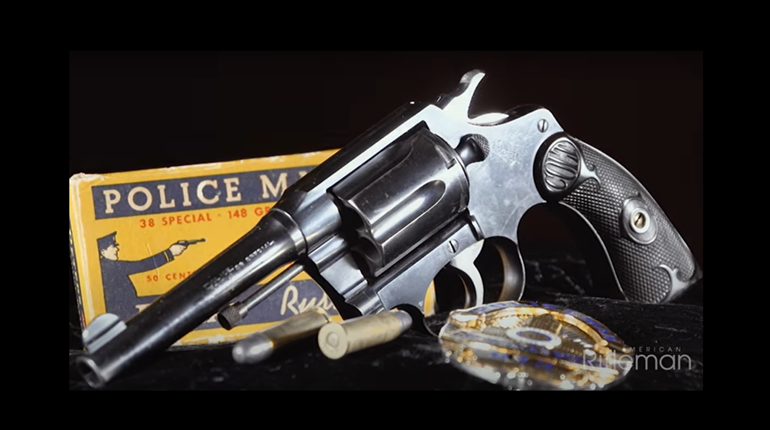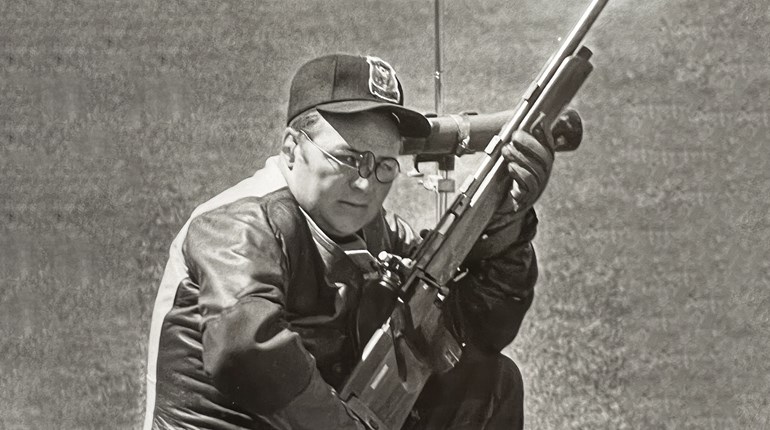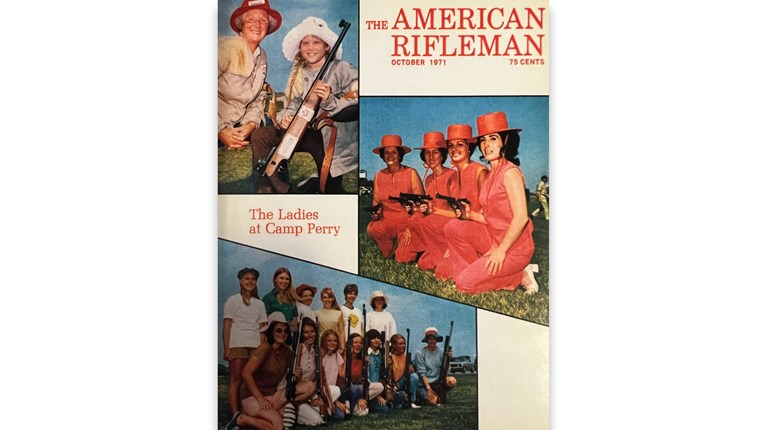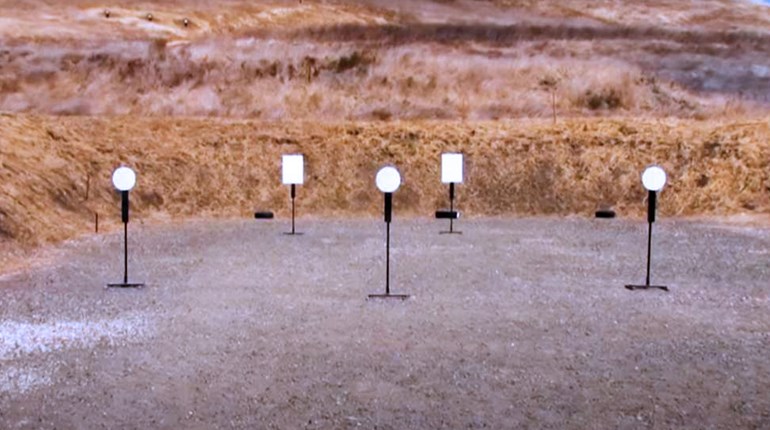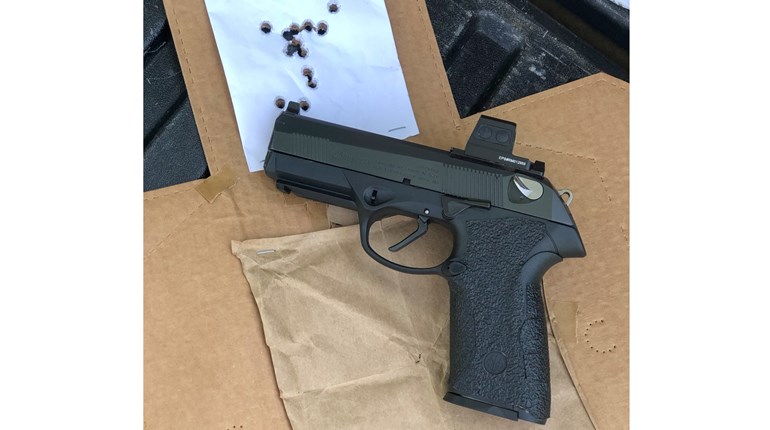
In July 1999, C. B. Bernard, not yet 30 years old, strapped a canoe to the top of his truck in the suburbs of Massachusetts and headed northwest to Alaska to begin a new career as a smalltown newspaper reporter. He felt sure that no other member of his extended family had ever attempted such a drastic career and life change. But upon arrival a month later, he soon learned that a shirttail relative of his, Captain Joe Bernard, had beat him to Alaska by a full century.
Beginning in 1901 through 1924, sailing out of Nome, Captain Joe had earned a hard-won reputation as an independent, self-taught early Arctic explorer, hunter, trapper, and trader. Many of his adventures took place while captaining his own ship, the Teddy Bear. The less-than-manly name came from a little girl who, upon seeing Joe’s new boat, compared it to her family’s sizable yacht. “If it were mine,” she said, “I’d call it Teddy Bear,” and the name stuck.
But Joe had a purpose for having his ship constructed just 54' long by 14' wide. He wanted a craft that could easily be sailed by a crew of four, yet manageable by as few as two in a pinch. Such a compact ship would be able to navigate the smaller bays and natural harbors he expected to find, where he would engage in trade with the Natives.
During his years of Arctic exploration, Joe Bernard kept a detailed ship’s log and daily diary which he published in full many years later, totaling more than 1,000 pages. Contained in it is the following description of his motivation for going north.
“Fifty years ago I designed the schooner Teddy Bear for my personal use in the Arctic to satisfy my desire to collect Eskimo ethnological specimens and to explore uncharted waters. I was a trader, uninterested in fortune, an explorer, uninterested in fame, but consumed with a great curiosity about things of science and nature.”
As might be imagined, Joe’s journals detail fascinating anecdotes about both the harshness and beauty of life above the unforgiving Arctic Circle, “East of Barrow and north of everything,” as he put it. The people he met included not only Natives but also whalers, sailors, and other wilderness explorers.
Subsistence hunting and trapping occupied a large part of Joe’s time during the long, dark, nine-month winters when the Teddy Bear was locked in sea ice and he was forced to use a dog team and sled for transportation. His journals record a running tally of the wild animals he killed, requiring an entire appendix at the back of the book to list the total. For instance, during just one three-month period in 1912 he took 54 seals, 29 foxes, seven polar bears, three ougruk (bearded seals), two wolves, and one ermine.
But even though game animals, such as caribou, could be unbelievably plentiful at times, the opposite was more often true. “It was extremely cold that second winter …,” Joe writes. “There was little or no food to be found and even some of the Eskimos were starving to death. We lived mostly on snowy owls and fox. Even caribou and seal left the country … We had to go from 20 to 50 miles for game on which we had to depend.”
In addition to those times of little food, the unrelenting snow, ice, and severe cold added to the suffering and misery. For instance, one day while checking his fox traps by dogsled, Joe noticed that his dogs were shivering, something he’d never seen them do before. Realizing then that he too was shivering uncontrollably—a sign of the beginning stages of hypothermia—he returned to the Teddy Bear as quickly as possible and saw that the thermometer on the ship registered minus 52 degrees.
Something that Captain Joe learned about Native culture of the far north which shocked him was the accepted practice of infanticide. If a baby was born during lean times when there were already too many mouths to feed, the newborn was simply wrapped in an animal hide and left on the ice to die of exposure. This disturbed Joe to the point that upon trading with a pregnant Inuit woman, he offered her a rifle if she promised to keep her baby once it was born, thus making it easier for her and her husband to feed their growing family. The next morning when he awoke, a line of Native women, sent by their husbands, was waiting outside the Teddy Bear to make similar trades.
During Captain Joe Bernard’s extensive Arctic travels, he collected some two tons of Native artifacts, ornithological and natural history specimens. Worth $50,000 in 1914, the objects today have been valued at over one million dollars. He donated some of his collection to Loyola College in Montreal, Canada, and the Victoria Memorial Museum in Ottawa. He funded his two-year tour around the United States and Canada by selling certain pieces to such prestigious institutions as the Smithsonian Institute, Chicago Field Museum, Museum of the American Indian in New York, and the University of Pennsylvania. Many of those historical objects are still on display yet today.
When Captain Joe Bernard finally decided to retire he chose to live near the small town of Cordova, Alaska. Buying land at Mud Bay, he built both a cabin and boatshed, but he did not forget the Teddy Bear. Author C. B. Bernard, in his 2013 book titled Chasing Alaska, A Portrait of the Last Frontier Then and Now, writes:
“…when her time came, her captain retired his faithful old friend on her own terms rather than surrendering her to the ship-hungry Arctic. The cradle on which Joe put her to rest has all but disintegrated, her bones sunk into the ground. The ground in turn rose to swallow the Teddy Bear, now in the same condition as Joe’s headstone, moss-bitten, overgrown—both captain and his beloved schooner now and forever a part of Alaska itself.”













